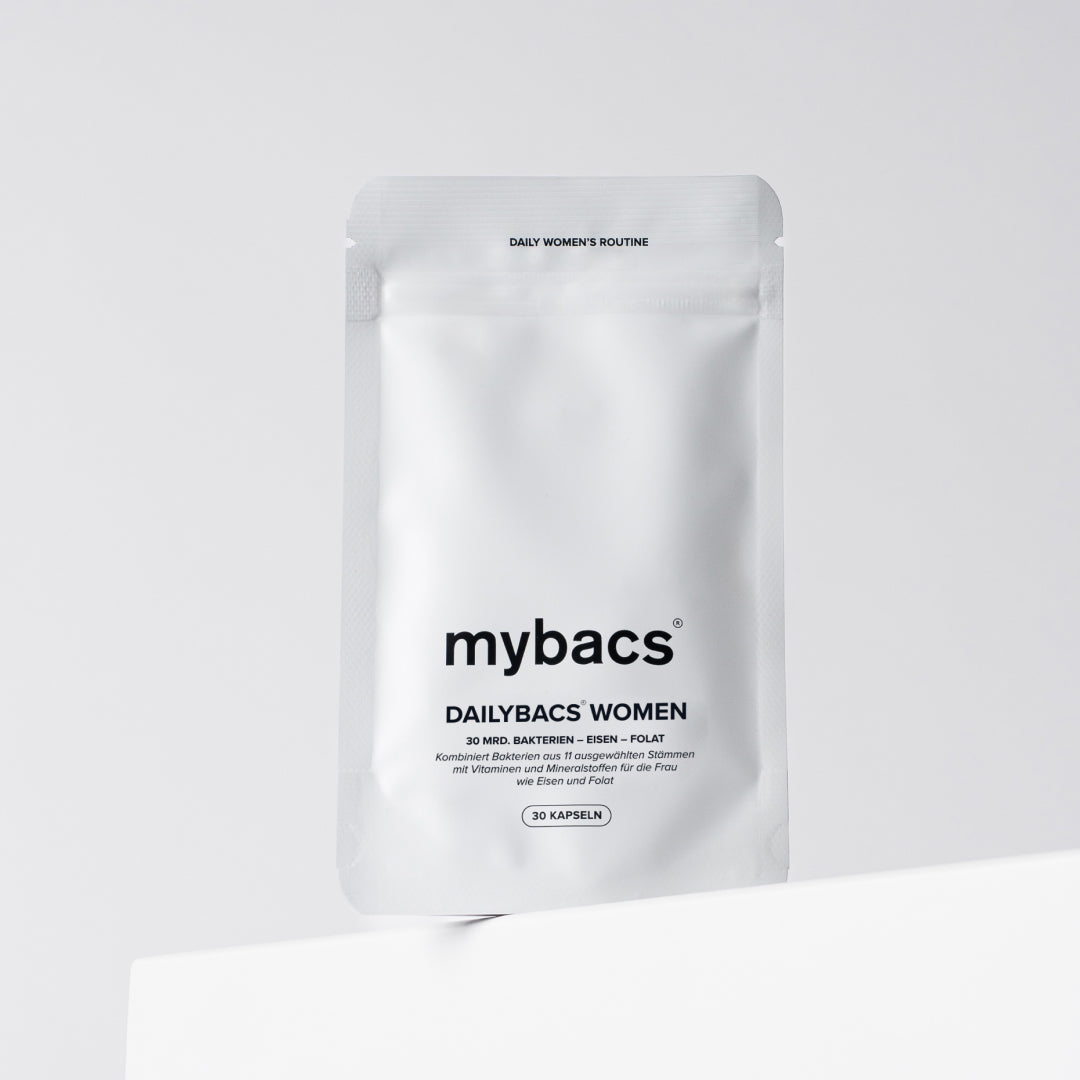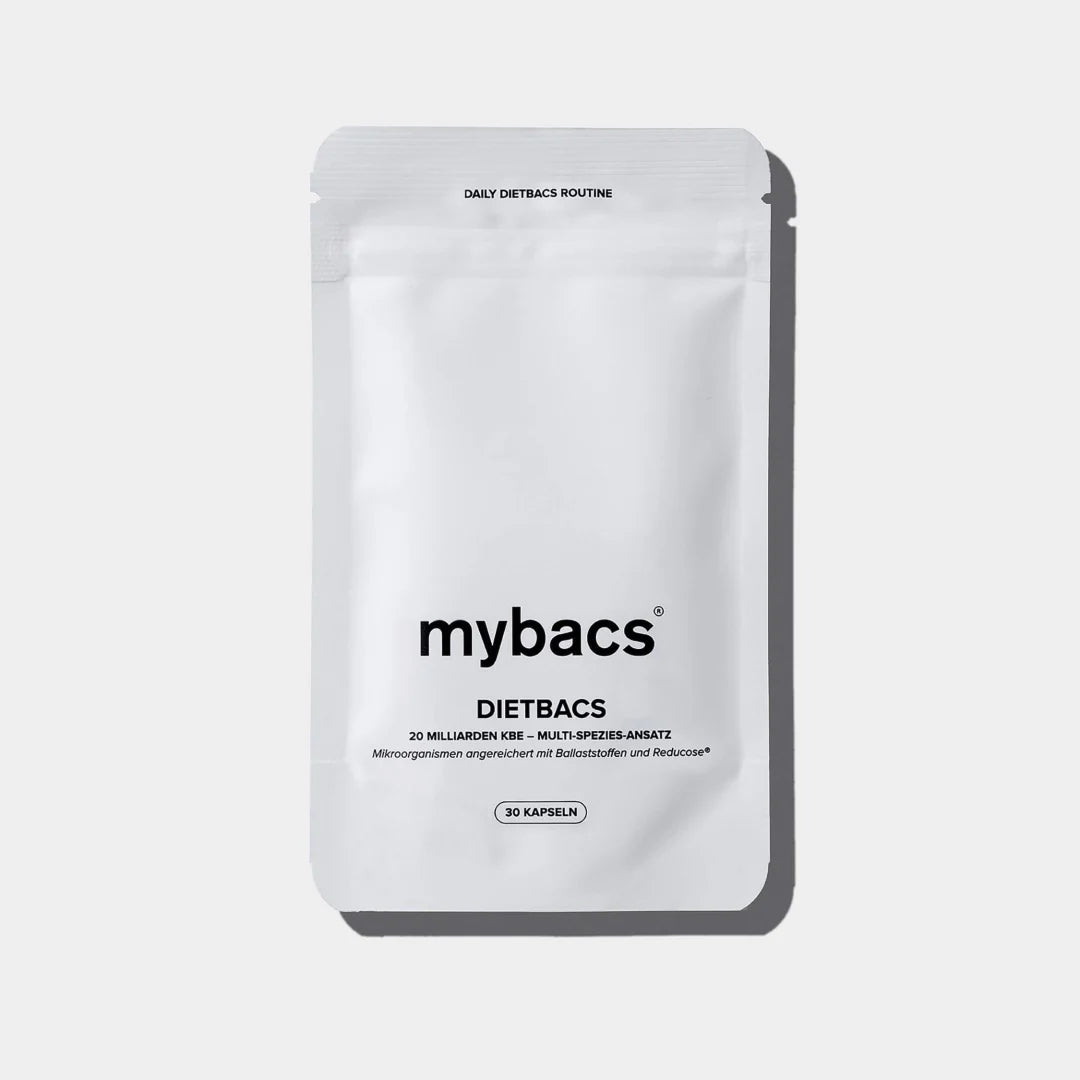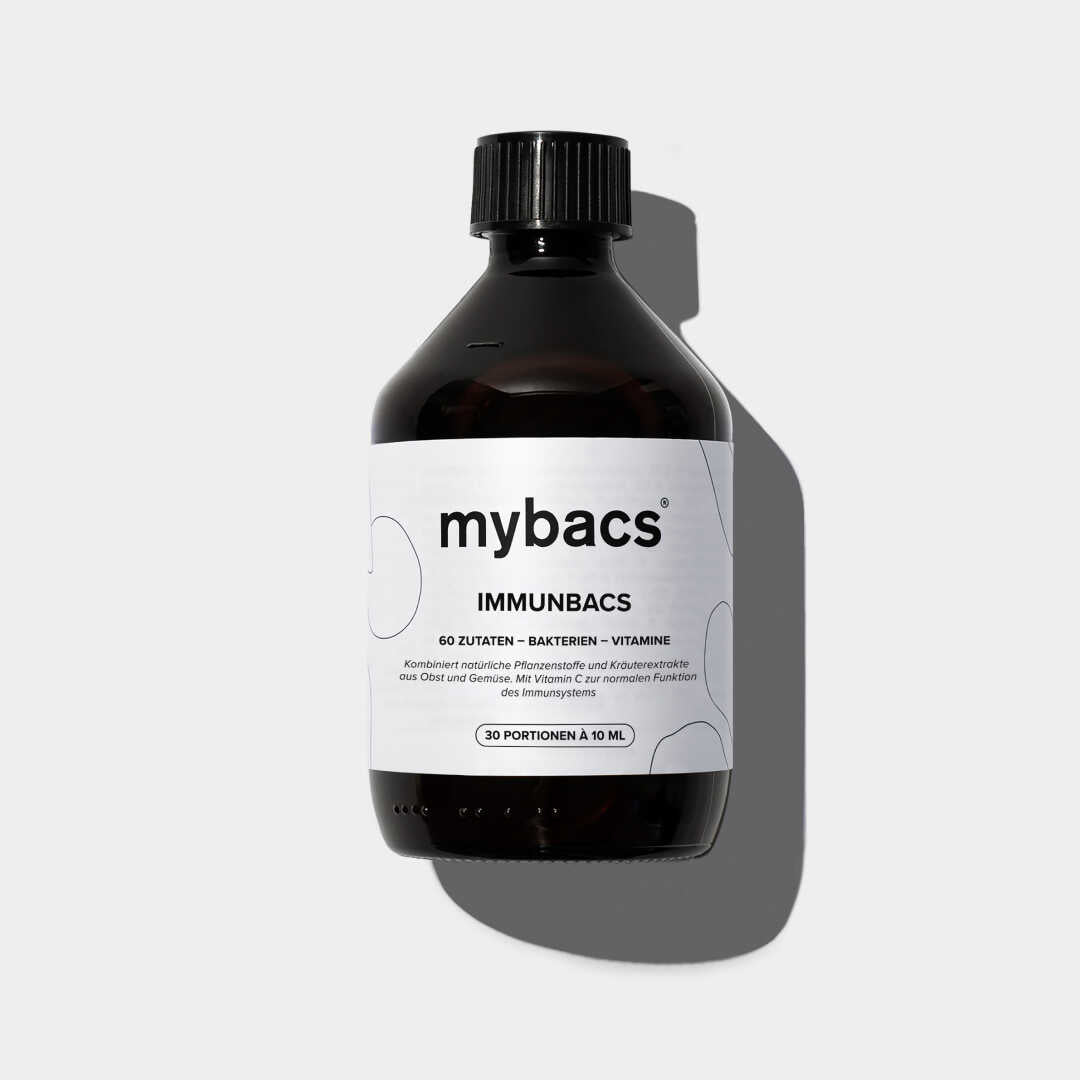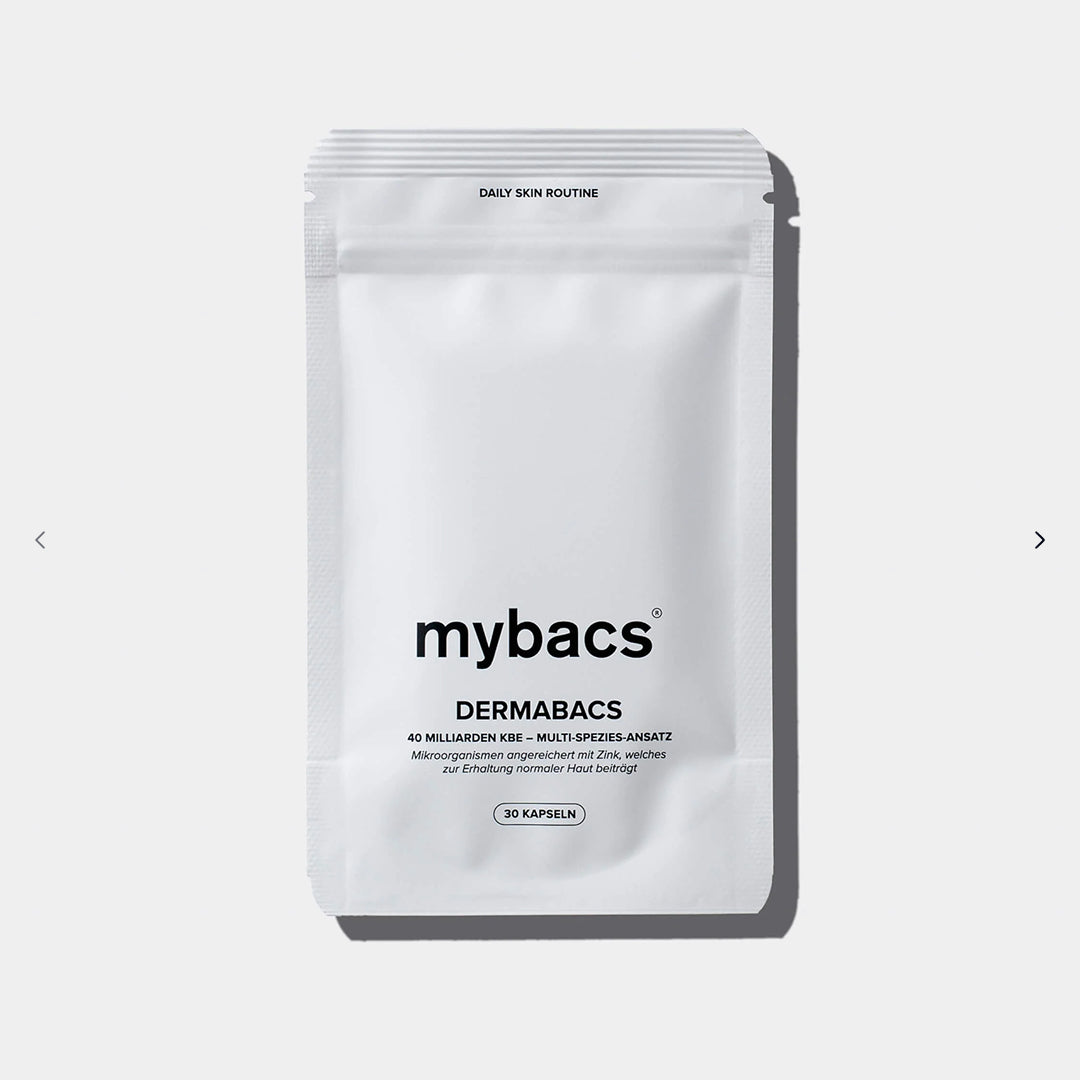It may sound scary to some, but humans are not alone in their bodies. Researchers assume that there are as many bacteria and other tiny life forms on and in us as there are cells in the body: between 10 and 100 trillion - probably around 40 trillion. The composition of the microbiome in the oral cavity, in the intestine, in the genital tract or on the skin is different for everyone. This makes research difficult: if the microbiome is as unique as a fingerprint, it is difficult to draw general conclusions from studies.
Health-promoting microorganisms
The intestinal microbiome has been the most researched to date. The bacteria that live there prevent pathogens from settling, for example. They promote the absorption of nutrients in the blood and support the immune system . When there is a stable balance between the various microorganisms, harmful and disease-causing invaders have less of a chance.
However, if the balance is disturbed and individual bacterial strains take control, this can become noticeable. This can happen, for example, when taking antibiotics . They damage the intestinal microbiome. Resistant bacteria (such as Clostridium difficile) benefit from this and can then spread. For this reason, many people react to antibiotics with diarrhea.
It is also important for the skin's microbiome that various organisms settle on our surface. Most of the bacteria that live on our skin are members of the staphylococcus family. The rounded staphylococci can be found almost everywhere: in the air, in the nose, on the skin. Not all of them are harmless. For example, if the Staphylococcus aureus germ spreads under certain conditions, it can lead to inflammation of the skin. This can be a particular problem in care facilities or hospitals.
Bacteria as protective shields
In principle, the bacteria, viruses or fungi on our skin are not aggressive attackers. A balanced ratio of microorganisms supports various metabolic processes, helps with wound healing and protects against intruders. Many of the bacteria that live on our skin produce proteins that in turn kill other germs.
The black sheep among the settlers
- Fungi of the genus Malassezia: If they get out of control, skin eczema can occur.
- Staphylococcus aureus: if it spreads, boils can sometimes form. If the infection is systemic, it can lead to dangerous pneumonia.
- Staphylococcus haemolyticus: is a hospital germ and can cause diseases of the urinary tract or joints.
- Staphylococcus epidermidis: can coat prostheses or catheters with a biofilm.
Researchers have found in various studies that the composition of the microbiome changes in many patients with skin diseases. Compared to healthy people, the colonization of bacteria is less diverse. One example of this is atopic dermatitis, a non-contagious, chronic inflammatory skin disease that can be inherited. Scientists found that the colonization pattern of the skin of those affected changes in inflamed areas, such as the crook of the arm or the back of the knee. They published the results in the Journal of Allergy and Clinical Immunology. The diversity of good bacteria decreases, while the "bad" organisms multiply and trigger the inflammation.
What surprised the researchers was that the non-inflamed skin of those affected also showed an altered microbiome. These results should pave the way for new treatment options in the future. Restoring the natural skin barrier may play a crucial role in the treatment of skin diseases in the future.
Today we know that with targeted care, the skin microbiome can promote the production of germ-killing proteins. Part of this care therapy should be creams containing urea, which strengthen the skin barrier. Dermatologists and pharmacists can advise on the selection. Recent studies have also already shown that creams containing cortisone not only work against skin inflammation in eczema, but also stabilize the patient's microbiome.
Finally, we have summarized 5 exciting facts about the skin microbiome for you. Enjoy reading!
The skin microbiome
- In the past, people thought that microbes were invaders and that they urgently needed to be fought. Fortunately, today we know that the human body forms a kind of symbiotic community with microbes (pathogens)! This finding changes a lot, because it shows that bacteria should not be fought, but the entire microbiome should be supported so that the body's own defense system can function at its best!
- The intestinal flora needs not only probiotic bacteria, but also prebiotic fiber . As you may have already learned, prebiotics are basically “food” for the probiotics. They help the bacteria to grow and fight off harmful bacteria that are not good for the skin, for example!
- We need to support the skin so that it can carry out its natural functions. This includes, for example, allowing the skin to repair itself when injuries or inflammations occur. The skin is also there to fight off free radicals, which are caused by UV radiation, for example. But how can we support our skin? The intake of antioxidants and vitamins such as vitamin E, vitamin C and Q 10 is very suitable for this, as these are particularly effective radical scavengers!
- Did you know that your skin also affects your metabolism? This happens through ultraviolet radiation. This is contained in the short-wave portion of the sun's rays and promotes the body's own metabolism. They also help the body to produce vitamin D. Vitamin D has a positive effect on our muscles and improves the absorption of calcium, which strengthens bone structure and supports the immune system. But be careful! Too much ultraviolet radiation has very strong negative effects on our body - it can lead to sunburn and chronic diseases such as skin cancer!
- The microbiome basically protects the body from the immunosuppressive effects of USB radiation. If the skin microbiome is not intact, the skin cannot protect adequately. This is because a healthy skin microbiome suppresses the higher release of cytokines (substances that create an immunosuppressive environment) and thus the protective function of the immune system.






